It’s true to say that in almost three thousand years of life Verona has become a bit more refined, but you can still savour the energetic spirit of times gone by. You sense it as soon as you arrive at the train station. From here you can glimpse the city’s ancient defensive ramparts, transformed into a bizarre park, which is on two levels: ground level along the moat and high up along the fortification. This is where I start my daily training along Cross delle Mura. The route, which is very lively thanks to the up and downhill, conceals various sports facilities. Slotted in between the ramparts and the road, one after the other, I pass football pitches, the tennis club and the famous swimming pool.
the sporty type
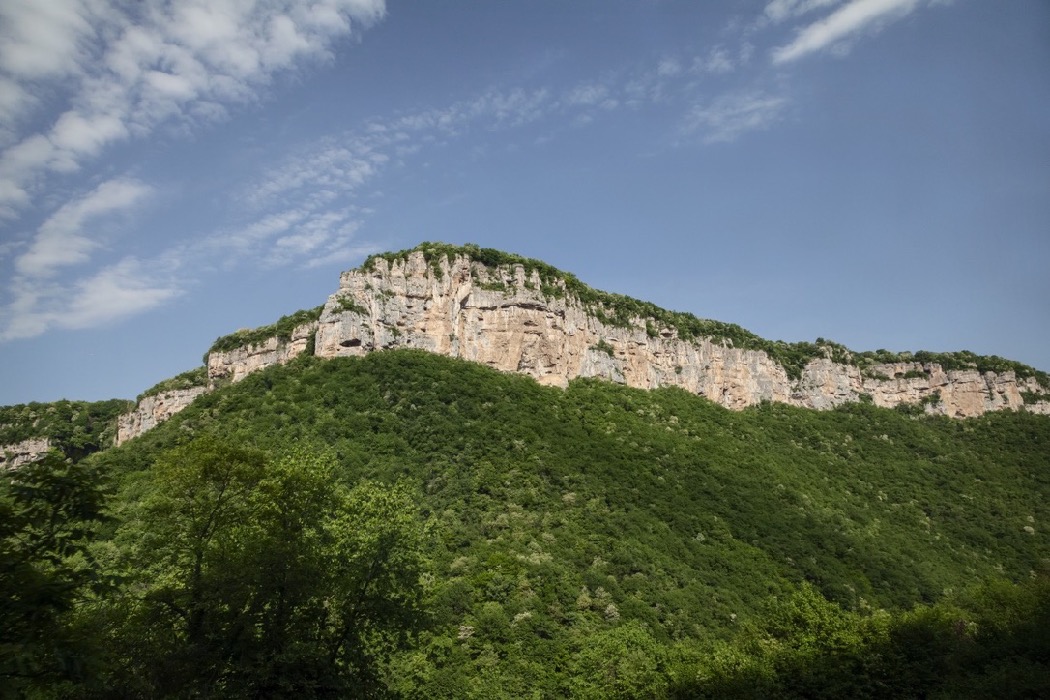
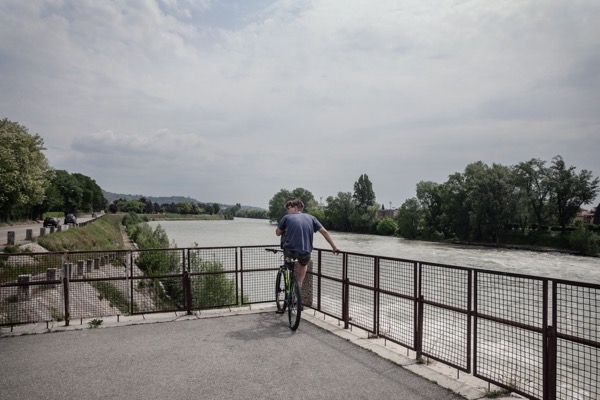
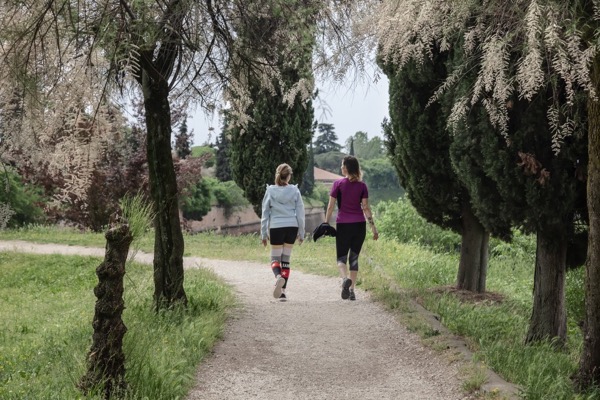
The “Castagnetti” Federal Centre has long been the national water sport championship centre. But today it’s the home of legend: this is where Pellegrini, Italy’s best female swimmer, trains. I barely have time to stretch my legs before I start to think about going for a nice swim. The refreshing water of the outdoor swimming pools is ideal for cooling off on a hot summer’s day. If, after taking a dip yourself, you decide you’d like to see the champions training, go and relax in the comfortable stands around the Olympic swimming pool. Are they all away? Why not do as I did and sunbathe on a deckchair for a while? Or, before launching yourself into a double pike dive, you could go skating. That’s right, there’s a skate park a few steps from the pool’s exit. Look carefully, you might not see it straight away. The park is somewhat neglected, but quite big and very well used. There seems to be a lot of interest in street sports in Verona. “Go to Piazza Isola”, they tell me, “you can do parkour there. Or at the station. But the piazza is a must”. Here parkour enthusiasts train among rectangular concrete structures, with the Adige river flowing behind them and traffic beside them… it takes some guts to join in!
Skate Park, Colombare park
While we’re on the subject: the Adige flows through the entire old town, separating it from the surrounding hills. Along the banks there are cool avenues you can run along. Follow them and cross Ponte Pietra bridge, from where you start to climb the hills that take you to Parco delle Colombare, where people go to do their stretches in the late afternoon. Behind the park I discover Via Torricelle, one of the most famous scenic roads in Verona. The view along its gently undulating slopes is impressive. The route is ideal for running and cycling, and even better if you’re on an MTB! Why not explore the thousands of paths along the hills? They’re often well signposted and you never know what you might find. In fact, the people of Verona love mountain biking, especially after the Olympic feats of Paola Pezzo in the ’90s. There’s a whole host of training routes; from the route through the Monti Lessini Natural Park (one of the most unspoilt areas in the Veneto region), to the nearer Parco Adige Nord. From here, you can do a loop that crosses the dam over the river, goes to Parona and back along Lungadige Attiraglio. 12 frenetic kilometres of dirt roads, sand and asphalt.
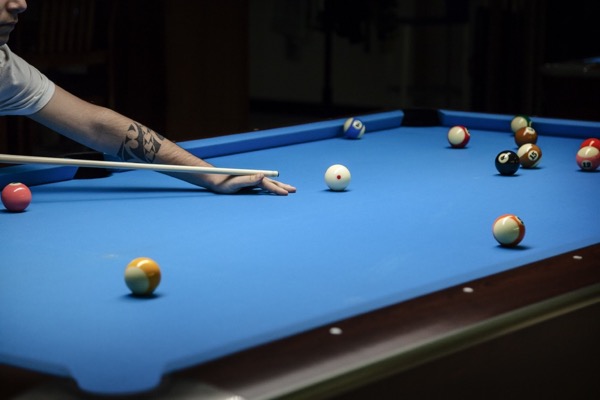
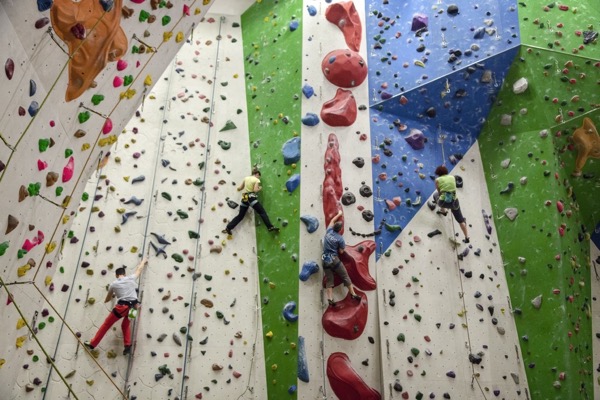
In Verona the bicycle represents a real ecosystem, best experienced in all its splendour in September, during the Cosmo Bike Verona show. A European event, the show hosts around 60,000 attendees and almost 10,000 operators. You’ll find all the latest novelties on display here, not forgetting the works of craftsmanship that have made Italy famous across the globe. As well as exhibition stands, you can enjoy attending bike workshops each day. Skilled hands forge unique bicycle forks, such as those made in Dario Pegoretti‘s exclusive workshop. If you love the more vintage approach, with an eye on clothing and accessories, I recommend Twelve laboratory on the banks of the Adige, and Cicli Blume to the south of the city. Then there’s Pigozzi where bikes are a way of life, and Chesini where craftsmanship is combined with the beauty of the shop’s 16th-century frescoed building.
How about exploring the city from the river? Rafting on the Adige starts from the dam and is run by the Verona Rafting Association. I’ll be honest: the trip is more scenic than adrenalin-fuelled. But you can’t deny that rowing under the eyes of tourists has its charm, and at the end of the two-hour excursion I feel like an Amazon explorer. Near the rafting centre is the Centro Bottagisio, where Chievo Verona football club trained historically. Go inside and you’ll find out all about the legend I’m about to tell you. Chievo is a district in the east of the city. A small village that in 2001 achieved a near-miracle when its football team was promoted to Serie A. Since then it has managed to almost permanently stay in the top league, unlike its big brother, Hella Verona. “It’s a snub for the rest of the city” explains one the many season ticket holders, “How many villages of 4,000 inhabitants do you know who’ve ever had a team in Serie A?!”.
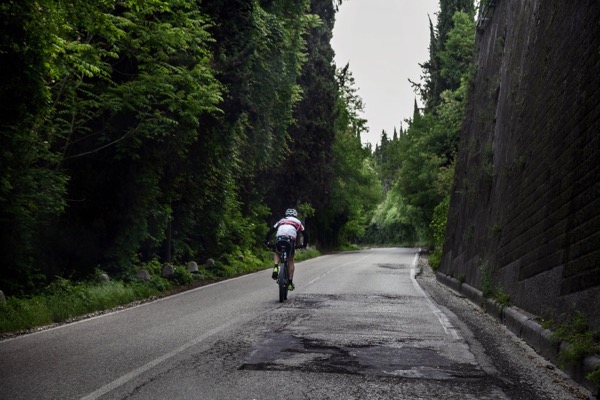
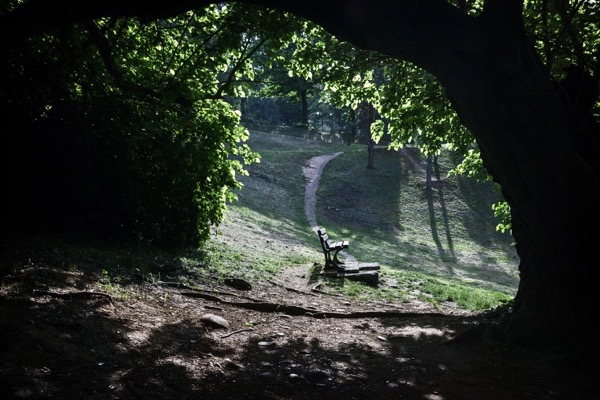
After a tour of the sport centre, I’m in the mood for something more energetic. The King Rock climbing wall is just the trick. At the edge of Borgo Roma, the centre is open all year round so you can climb at your leisure. The large indoor walls, at 14 metres high, offer no shortage of suspense. I know, I know, real climbers climb outdoors. But that’s where it gets even better. The cliffs around Verona are world-famous. Start at Avesa. This village on the outskirts of Verona has a small cliff that, at under 30 metres, is not too demanding. In Stallavena the walls are more serious, with sections from 30 metres upwards. The experts, however, go to Ceredo, where, as the name of one of the most renowned sections, “Eterno Riposo” (Eternal Rest) suggests, there’s no messing. And who wants to mess about when faced with a grade 8c climb?
Time flies in this city and it’s almost the evening. If you’re not the sort to go for a night time run, I have a couple of tips for you. The first is Sala Orsi, an old pool room dedicated to 8-ball. It’s on a side street in the old town centre, but don’t do what I did: even if it looks like just any old bar from the outside, don’t hesitate to go inside. In front of a mural of Paul Newman, “The Hustler”, sits a large room with 17 tables. All around, cups and photos evoke the national and international tournaments that have been played here. This place is for everyone, but you can spot the professionals immediately: shimmering cues, well-kept cases and silence as they play.
It’s also worth bearing in mind that Verona is a famous national stage for darts. To support the movement, Fidart Verona organises tournaments in venues across the city throughout the year. Players are divided into categories according to skill and age. Don’t let this distract you or lull you into a false sense of security, though. If you don’t play your best, you’ll be called over to one side and asked to commentate on the other matches instead.
di Paolo Ermano
View of the Adige river





